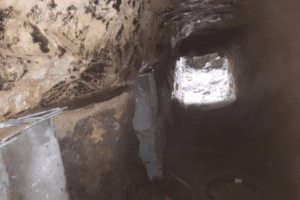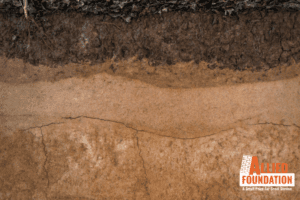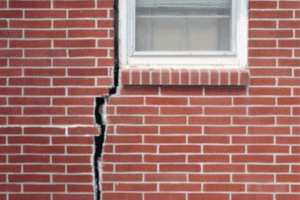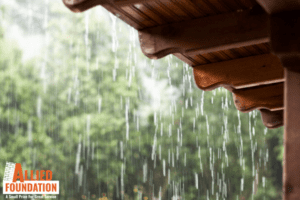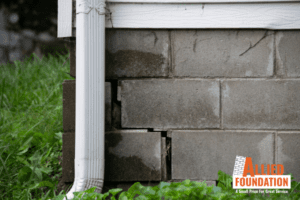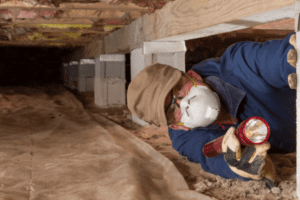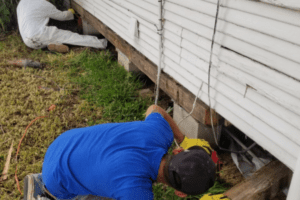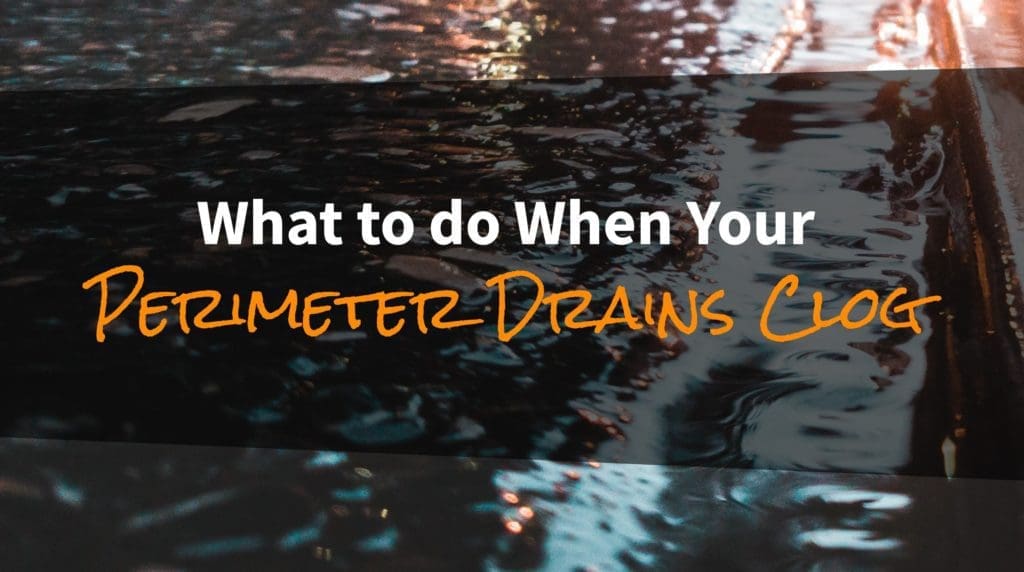When your perimeter drain clogs, do not be late in cleaning it. There are efficient methods for unclogging your drain. The first thing you need to consider is the suitable tools that can help you do the whole job in less time and with a hundred percent results.
The Right Tools for Perimeter Drain Cleaning
For washing away silt and mud that has gathered in the drain in medium amounts, you can use a sewer jetter. The water pressure will clean all the dirt and sand out. But, in case the garden debris and silt has made a thick clogging inside the drain, a water jetter alone will not be enough. You will also need to power your water better with a needle nose drain cleaner to increase the force on the debris gathered inside the drain. Once the needle-nose drain cleaner is applied with the water the debris should be easily removed.
Using a Gas or Electric Pressure Washer for Unclogging Drains
A gas pressure washer makes the job easier especially if the debris is more stubborn. You can use a gas pressure washer rated 2.0 GPM to 4.0 GPM and ensure that your drain is as clean and free of debris as it was the day it was installed.
Using electric pressure washers can be a little more time-consuming because the machines used in electric pressure cleaning are rated less than 2.0 GPM. So, choose this option if you are sure that you have enough time ahead to go with the cleaning process. Moreover, electric pressure washers are recommended for perimeter drains that are not longer than 50 meters.
A Useful Tip for More Efficient Cleaning
You must be eager to see the positive results. Actually, the process is a bit long but you can see good results from your hard work soon after you get started. For this, find all the drain openings that are downhill. There will be one or more. Start the unclogging process from these drain openings towards an uphill opening and the slit and sand will instantly start flowing out. As the process progresses, the opening will be cleaned and more dirt and debris will start flowing downhill and out from the drain opening.
What if the Drain is Not Cleaning?
If you find difficulty in unclogging your perimeter drain, examine the area around the drain pipes. If there are trees in the surrounding area, there must be roots penetrated inside the drain making the water flow slow or impossible. Another possibility can be broken tiles inside the drain. To find out the real reason, you need to inspect the drain pipes with a video camera. If the reason for clogging is tree roots, check if the drain tiles are firm and perfectly fixed in their place. Only then, you can use a large mechanical drum auger that has a root cutting blade to clear the drain line.
How to Apply Needle Nose Drain Cleaner
Needle nose drain cleaner is ideal for cleaning clogged drains. However, take precautions to put on safety goggles and fluid-resistant gloves before you start the work. Now, connect the needle-nose drain cleaner to your trigger gun. Put the nozzle inside the drain and let it go one foot deep inside. But, keep the nozzle directed towards the clogging dirt. Now, turn on the pressure washer.
For making sure that you clean the mud and silt efficiently, pull back the nozzle after every few feet and keep cleaning. This will wash away the entire mud and sand from the drain pipe. When you come to finish the process, ensure that you stop releasing water when the nozzle is at the opening of the drain. Make sure that you cover the drain opening firmly after finishing.
If you see that the drain cleaning job is not for you, and feel there may be more issues at hand perhaps you need an assessment of your sewer lines or foundation.

